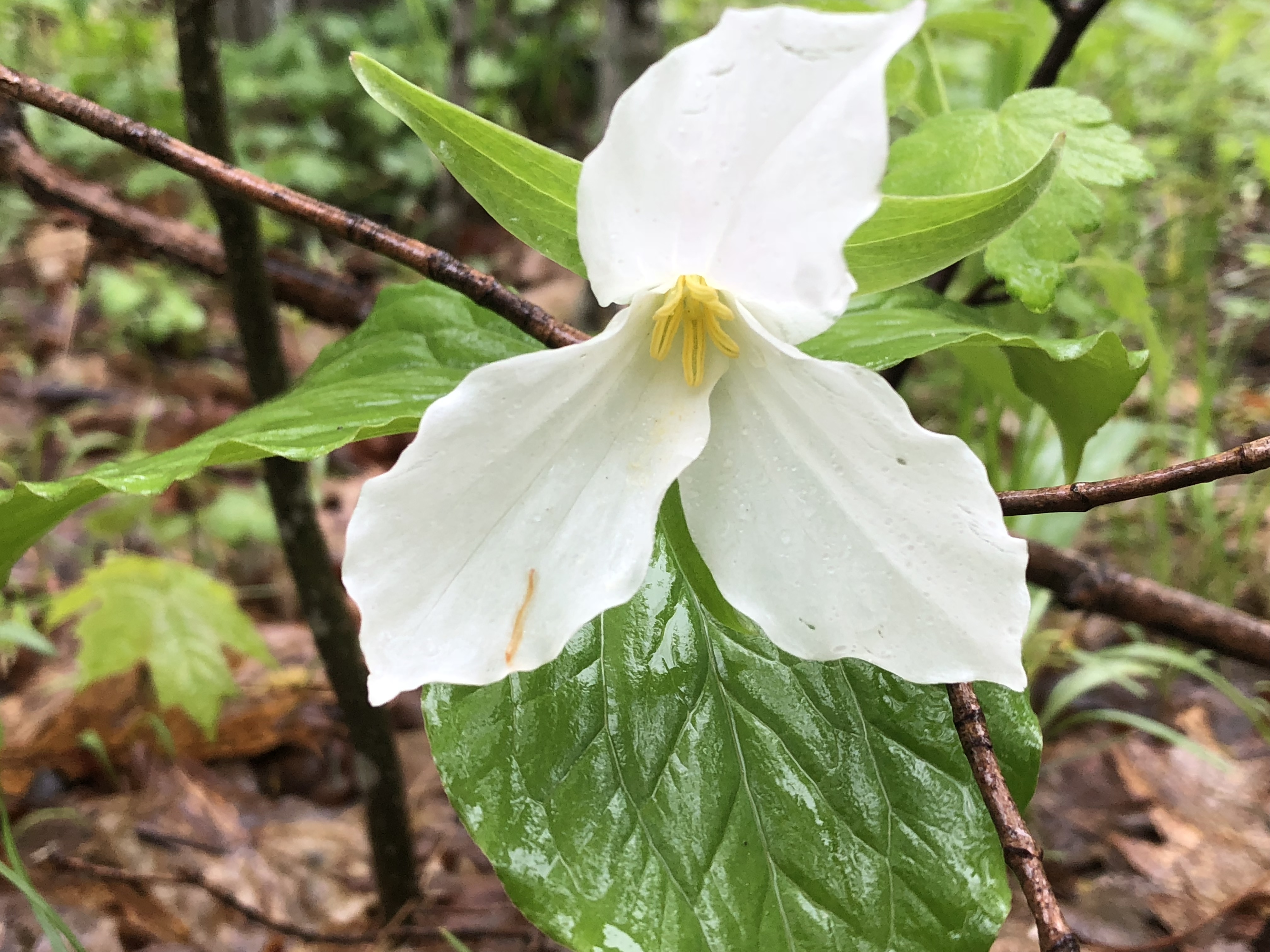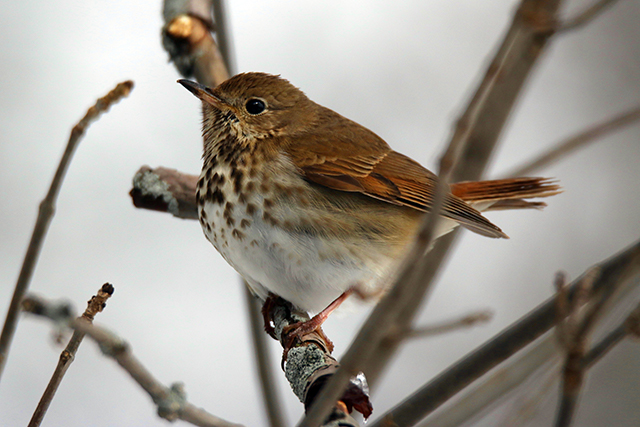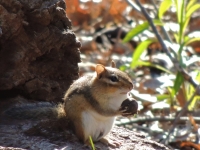Various events, traditions, and holidays have sprung up around the spring equinox across the Northern Hemisphere. The vernal equinox is one of four days when the stones at Stonehenge are open to the public where Pagans and druids gather each year to celebrate spring’s return and watch the sun’s shadows move across the monument’s stones. Similarly, at the ancient Mayan ruins of Chichen Itza, people come to watch as a serpent-like shadow moves throughout the ruins until finally merging with a serpent-headed sculpture. Gaelic or Celtic traditions consider the equinox the Festival of Ostara - the goddess of dawn and fertility. The vernal equinox is also the Persian New Year, called Nowruz, and is observed for 13 days. It also marks Shunbun no Hi, a Japanese holiday spent commemorating ancestors.
A less formal but widely known tradition related to the vernal equinox is spring cleaning - while the outdoors are rejuvenated, it’s an opportunity to do the same indoors. Common symbols associated with spring include seeds, which are traditionally planted during this time to symbolize triumph over death. Another is the egg - which in and of itself is life - druids would bury them in farmlands to bring abundance to their harvest. We also often think of bunnies when we think of spring, this is because they have always been thought to be fertile, fecund animals who take advantage of the season’s changing to bring new life into the world.

 We are lucky to live in a place where we get to experience each season in its truest form. While this oftentimes means harsher winters, it also means a greater appreciation for the transition into spring. We will get to watch the snow melt while the birds and early spring ephemeral plants blossom and bloom helping make spring feel real! The Red-winged Blackbirds have already arrived and it won’t be long until spring migration brings scores of new birds that have sought warmer homes in the winter. Soon, scolding chipmunks will be a familiar sight as they scurry about as they emerge from hibernation. Be sure to keep your eyes for trillium, a red or white, three pedaled wildflower that blooms early each spring. Check out “Short-lived Spring Wildflowers” on the UEC blog to find out more about the wildflowers you might see growing around the vernal equinox. Take a moment to head outside and to enjoy spring’s official return!
We are lucky to live in a place where we get to experience each season in its truest form. While this oftentimes means harsher winters, it also means a greater appreciation for the transition into spring. We will get to watch the snow melt while the birds and early spring ephemeral plants blossom and bloom helping make spring feel real! The Red-winged Blackbirds have already arrived and it won’t be long until spring migration brings scores of new birds that have sought warmer homes in the winter. Soon, scolding chipmunks will be a familiar sight as they scurry about as they emerge from hibernation. Be sure to keep your eyes for trillium, a red or white, three pedaled wildflower that blooms early each spring. Check out “Short-lived Spring Wildflowers” on the UEC blog to find out more about the wildflowers you might see growing around the vernal equinox. Take a moment to head outside and to enjoy spring’s official return!
Great white trillium, photo by Kim Forbeck / Hermit thrush, photo by Bruce Halmo
Sources:
https://www.history.com/topics/natural-disasters-and-environment/vernal-spring-equinox
https://billpetro.medium.com/history-of-the-spring-what-is-the-vernal-equinox-e3f45ece54e9
This article was written by Communications Intern, Ellie Rickman.





